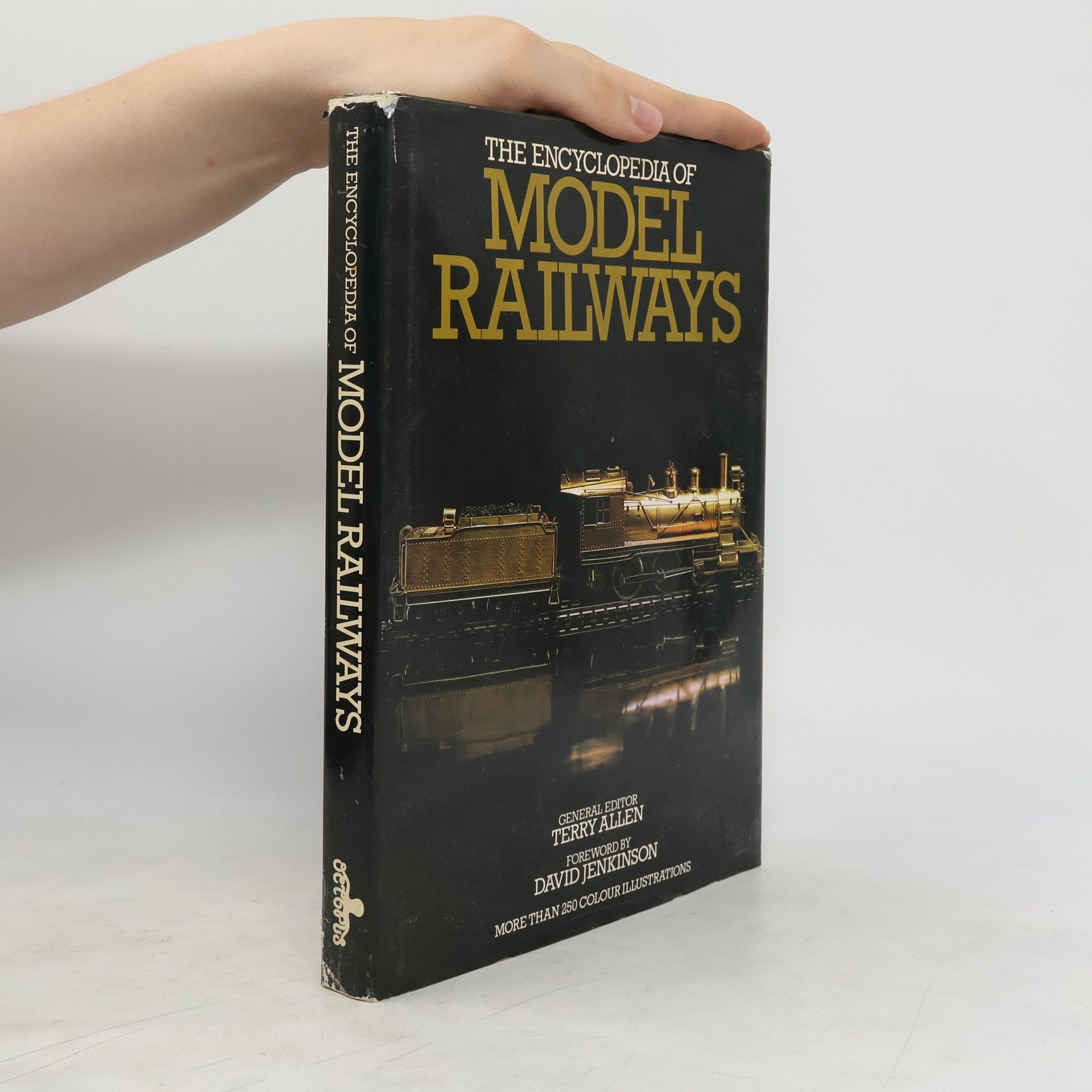Traces the history of model railroads, explains how to build them, discusses the great variety of materials and equipment that is available, and provides examples of layouts.
Terry Allen Bücher


Traces the history of model railroads, explains how to build them, discusses the great variety of materials and equipment that is available, and provides examples of layouts.